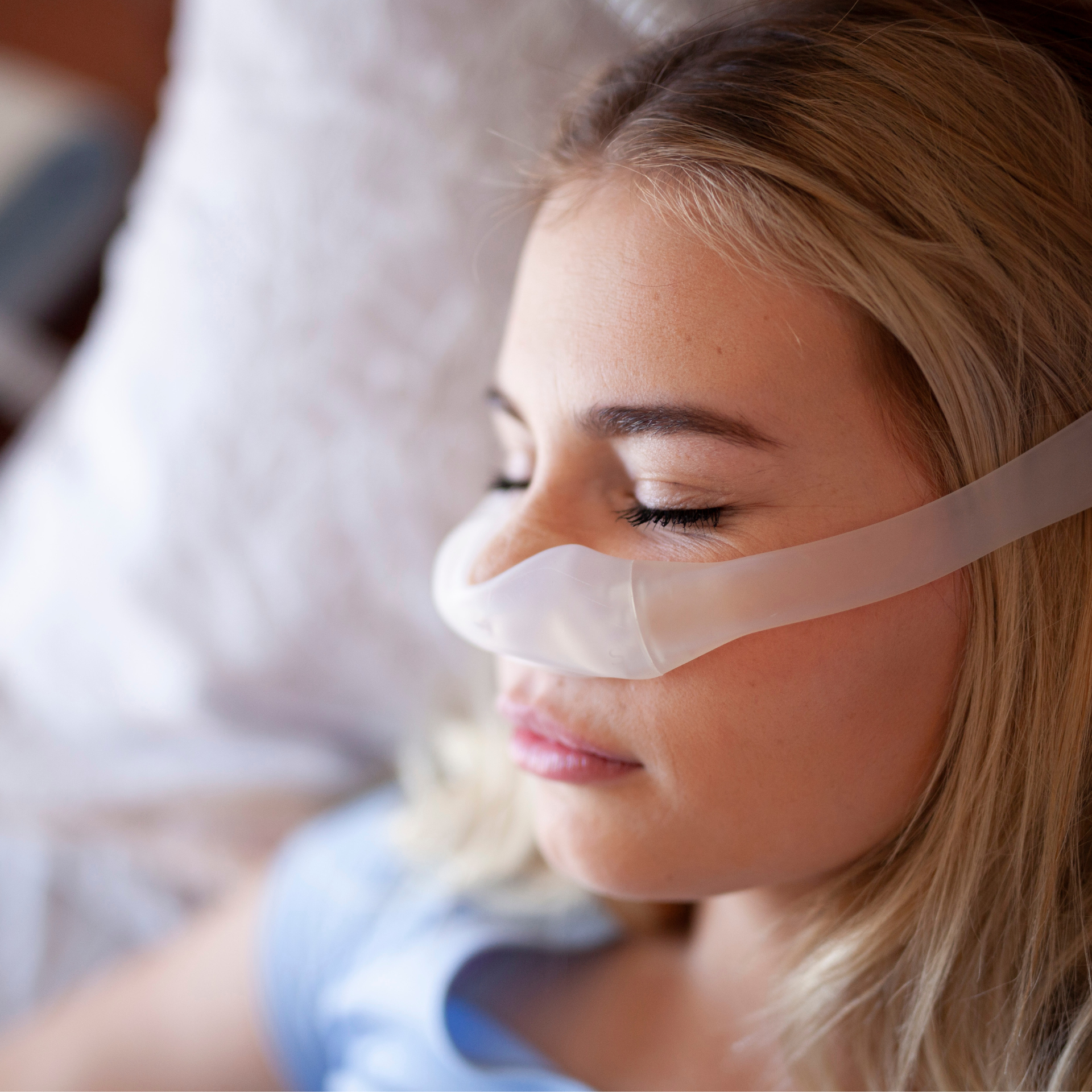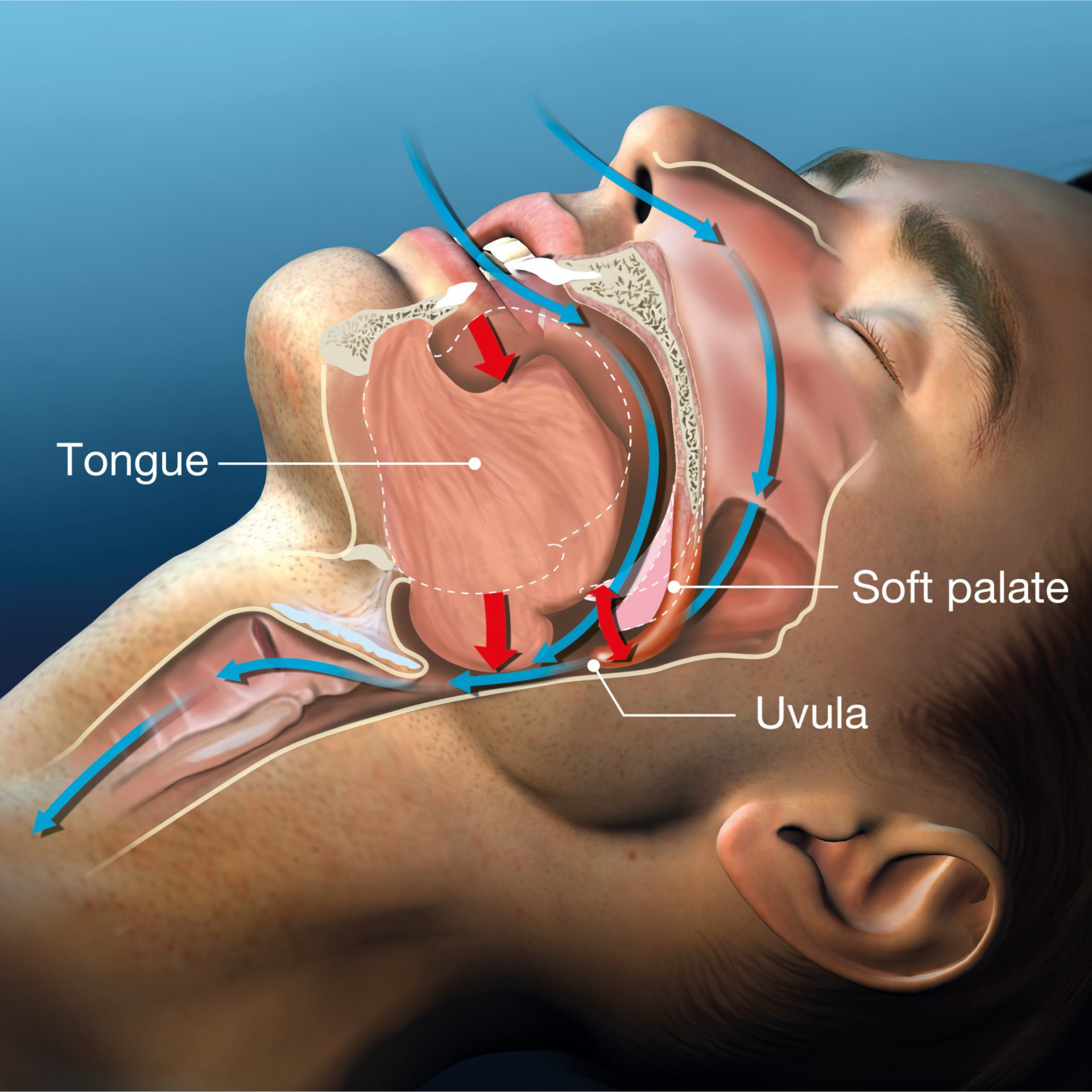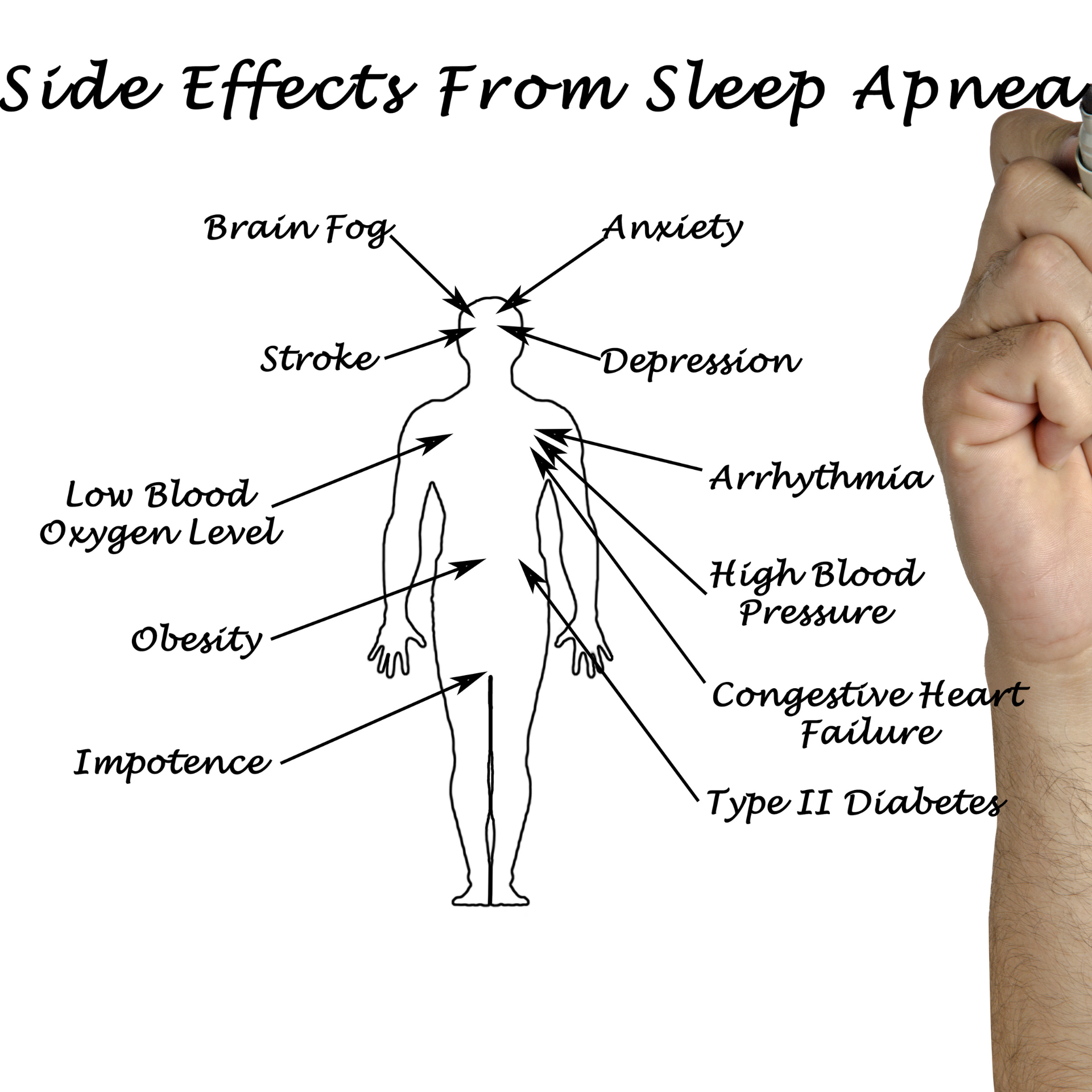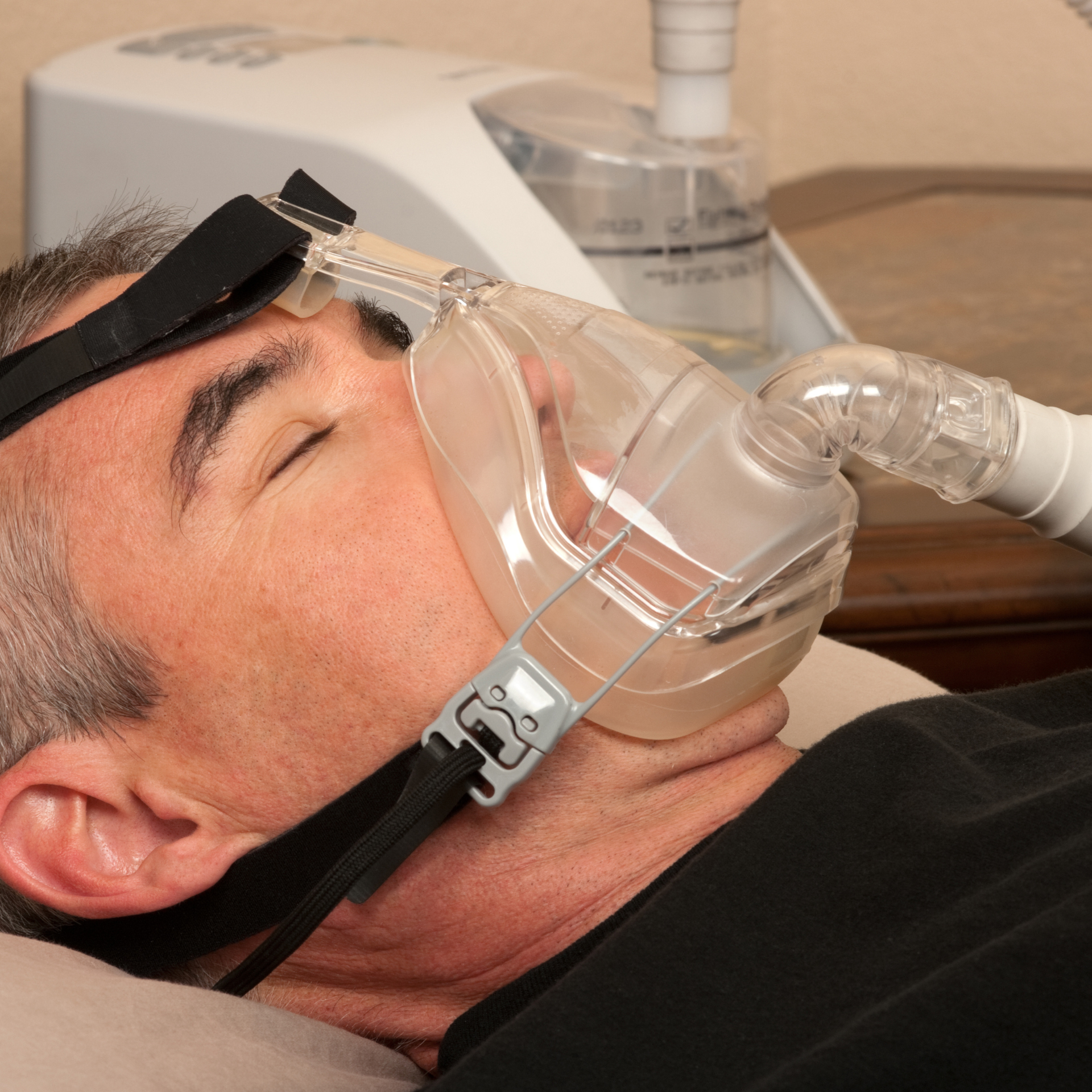Apnea: Understanding the Types, Causes, and Treatment Options for Sleep Disordered Breathing
1. What is Apnea?
Apnea, also known as sleep apnea, is a sleep disorder characterized by pauses in breathing during sleep. These pauses can last for a few seconds to minutes and may occur multiple times throughout the night. Sleep apnea disrupts normal breathing patterns and can lead to fragmented sleep, excessive daytime sleepiness, and other health complications. In this article, we will explore the different types of apnea, their causes, symptoms, and available treatment options.
2. Types of Apnea
There are three main types of apnea:
- Obstructive Sleep Apnea (OSA): This is the most common type of apnea and occurs when the airway becomes partially or completely blocked during sleep. The obstruction is usually due to relaxed throat muscles or excess tissue, such as the tongue or uvula, collapsing and blocking the airway.
- Central Sleep Apnea (CSA): Central apnea occurs when the brain fails to send proper signals to the muscles that control breathing. Unlike obstructive sleep apnea, there is no physical blockage of the airway. Instead, the pauses in breathing are caused by a lack of respiratory effort.
- Mixed Sleep Apnea: Mixed apnea is a combination of obstructive and central sleep apnea. It involves a combination of airway obstruction and a lack of respiratory effort.
3. Causes and Risk Factors
Several factors can contribute to the development of apnea, including:
- Excess weight or obesity: The presence of excess fat tissue around the neck and throat can increase the risk of airway obstruction.
- Age: Apnea becomes more prevalent as individuals age.
- Gender: Men are more likely to develop apnea than women.
- Family history: There is evidence of a genetic component to apnea, suggesting a familial predisposition.
Smoking and alcohol consumption: Both smoking and excessive alcohol consumption can increase the likelihood of developing apnea. - Medical conditions: Certain medical conditions, such as hypertension, diabetes, and congestive heart failure, can be associated with an increased risk of apnea.
- Structural abnormalities: Structural issues in the airway, such as a deviated septum or enlarged tonsils, can contribute to the development of apnea.
4. Symptoms and Effects
Common symptoms of apnea include:
- Loud snoring
- Pauses in breathing during sleep, witnessed by a partner or family member
- Excessive daytime sleepiness
- Morning headaches
- Poor concentration and memory
- Irritability and mood changes
- Decreased libido and sexual dysfunction
- Dry mouth or sore throat upon waking
Untreated apnea can have several detrimental effects on overall health, including an increased risk of cardiovascular problems, such as high blood pressure, heart disease, and stroke. It can also contribute to metabolic disorders, impaired glucose control, and an increased risk of accidents due to daytime sleepiness.
5. Diagnosis and Treatment Options
Diagnosing apnea typically involves a sleep study conducted in a sleep laboratory or through a home sleep test. These tests monitor various parameters during sleep, including breathing patterns, oxygen levels, and brain activity, to determine the presence and severity of apnea.
Treatment options for apnea aim to restore normal breathing during sleep and improve overall sleep quality. They include:
- Continuous Positive Airway Pressure (CPAP) Therapy: CPAP therapy is a widely used and effective treatment for obstructive sleep apnea. It involves wearing a mask over the nose or nose and mouth during sleep, which delivers a continuous flow of air pressure to keep the airway open. CPAP helps prevent airway collapse and reduces episodes of apnea.
- Bi-level Positive Airway Pressure (BiPAP) Therapy: BiPAP therapy, similar to CPAP, provides two different air pressure levels – a higher pressure during inhalation and a lower pressure during exhalation. BiPAP is often recommended for individuals who have difficulty exhaling against the continuous pressure of CPAP.
- Oral Appliances: These are custom-made devices worn in the mouth to reposition the jaw and tongue, creating more space in the airway. Oral appliances are particularly beneficial for individuals with mild to moderate obstructive sleep apnea or those who cannot tolerate CPAP therapy. They are fitted by dentists or orthodontists specializing in sleep disorders.
- Weight Loss: Losing weight can significantly improve symptoms and reduce the severity of apnea, particularly in cases where excess weight is a contributing factor. A combination of a healthy diet and regular exercise can aid in weight management and improve overall sleep quality.
- Positional Therapy: Positional therapy involves encouraging individuals to sleep in positions that minimize airway obstruction. For example, sleeping on the side rather than the back can help keep the airway open. Pillows or positional devices can assist in maintaining a side-sleeping position.
- Surgery: In certain cases, surgery may be recommended to address physical abnormalities or obstructions in the airway. Surgical procedures can involve removing excess tissue, correcting structural abnormalities, or repositioning the jaw or tongue to improve airflow.
- Lifestyle Modifications: Making certain lifestyle changes can also help manage apnea. These may include avoiding alcohol and sedatives, which can relax the muscles in the throat, losing weight if necessary, quitting smoking, and establishing a consistent sleep routine.
6. Seeking Professional Help
If you suspect that you or a loved one may have apnea or experience symptoms associated with the disorder, it is essential to seek professional help. Consult with a healthcare provider specializing in sleep medicine, such as a sleep specialist or pulmonologist, for a thorough evaluation and diagnosis. They can assess your symptoms, order necessary tests, and recommend appropriate treatment options tailored to your specific needs.
Remember, apnea is a serious sleep disorder that requires proper management. With the right interventions, including medical treatments and lifestyle modifications, the symptoms of apnea can be effectively controlled, allowing for improved sleep quality, better overall health, and a reduced risk of associated complications.
7. Conclusion
Apnea is a sleep disorder characterized by pauses in breathing during sleep, and it can have significant impacts on overall health and well-being. It is crucial to recognize the types, causes, and symptoms of apnea to seek timely diagnosis and appropriate treatment. Whether it is obstructive sleep apnea, central sleep apnea, or mixed apnea, there are various medical interventions, including CPAP therapy, oral appliances, and surgical options, as well as lifestyle modifications that can help manage apnea effectively. If you suspect that you or someone you know may have apnea, consult with a healthcare professional specializing in sleep medicine for a comprehensive evaluation and personalized treatment plan. With the right interventions and ongoing support, individuals with apnea can achieve better sleep, improved quality of life, and reduced risks associated with untreated sleep-disordered breathing. Remember, addressing apnea is essential not only for better sleep but also for overall health and well-being.







